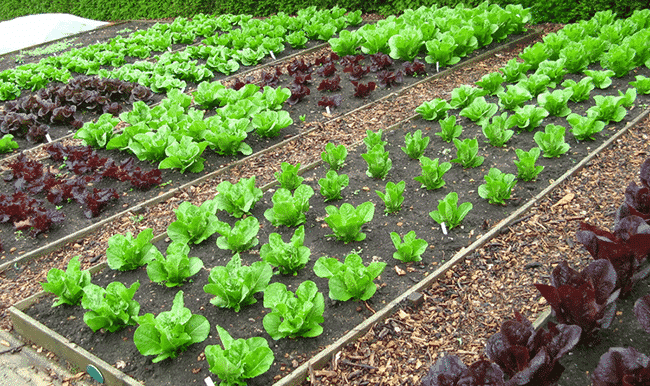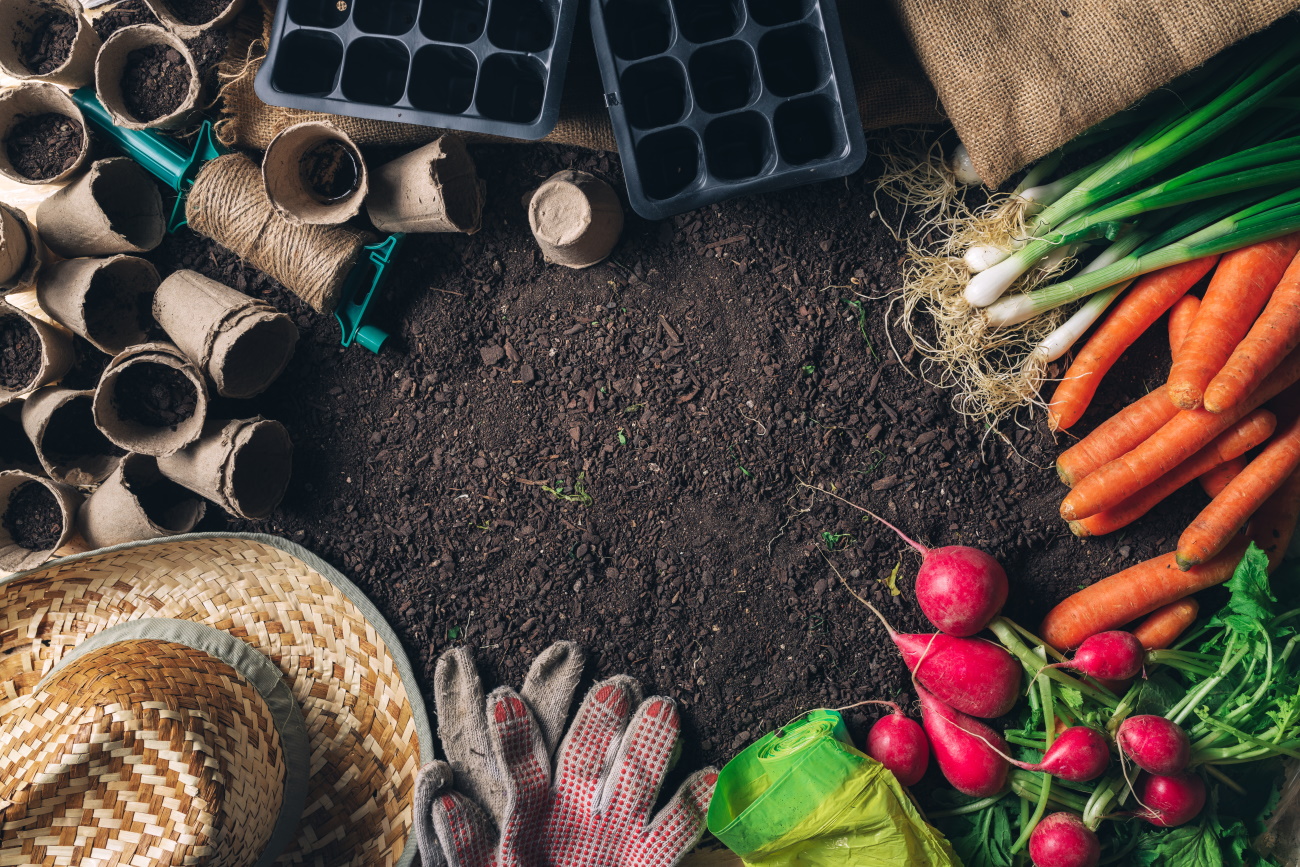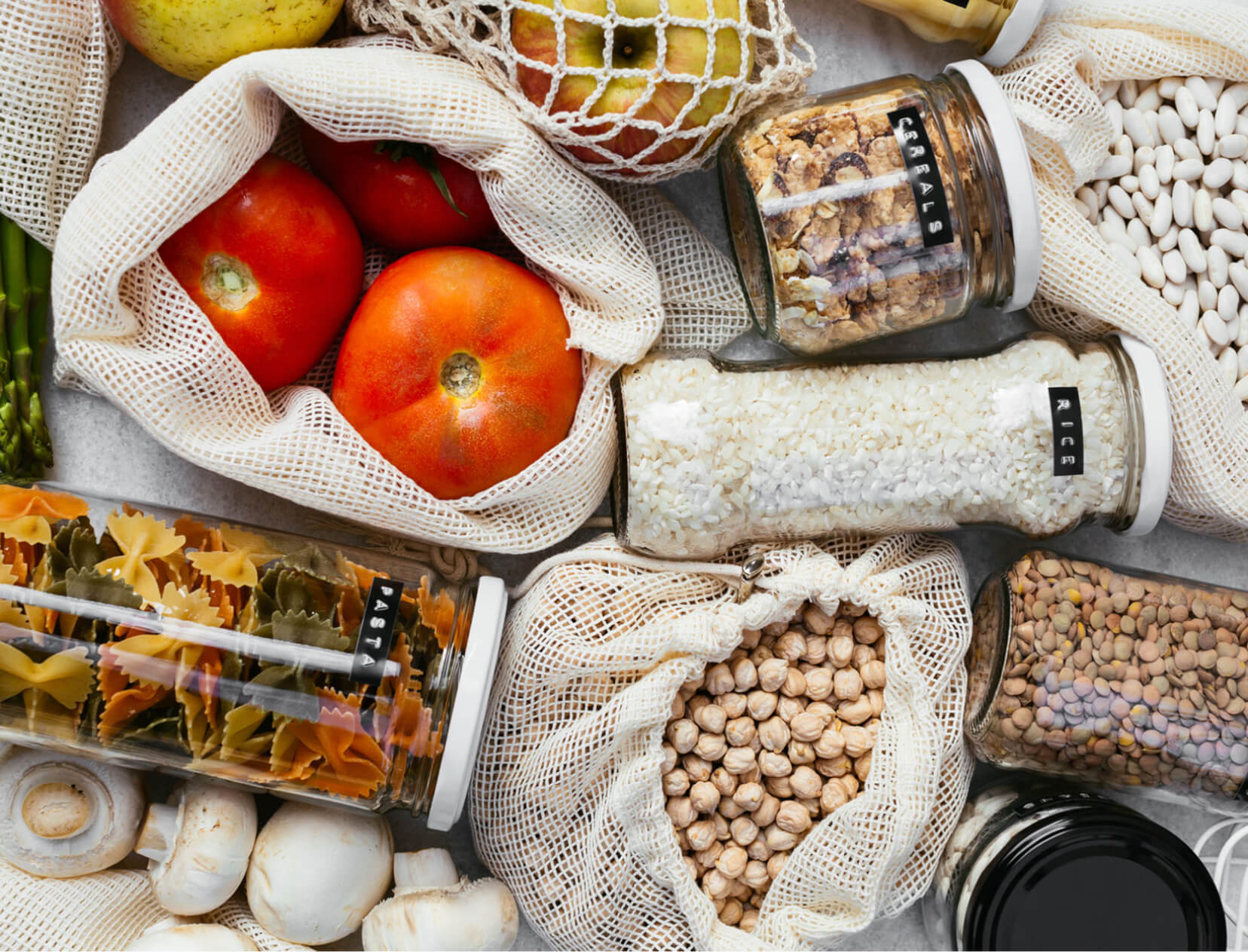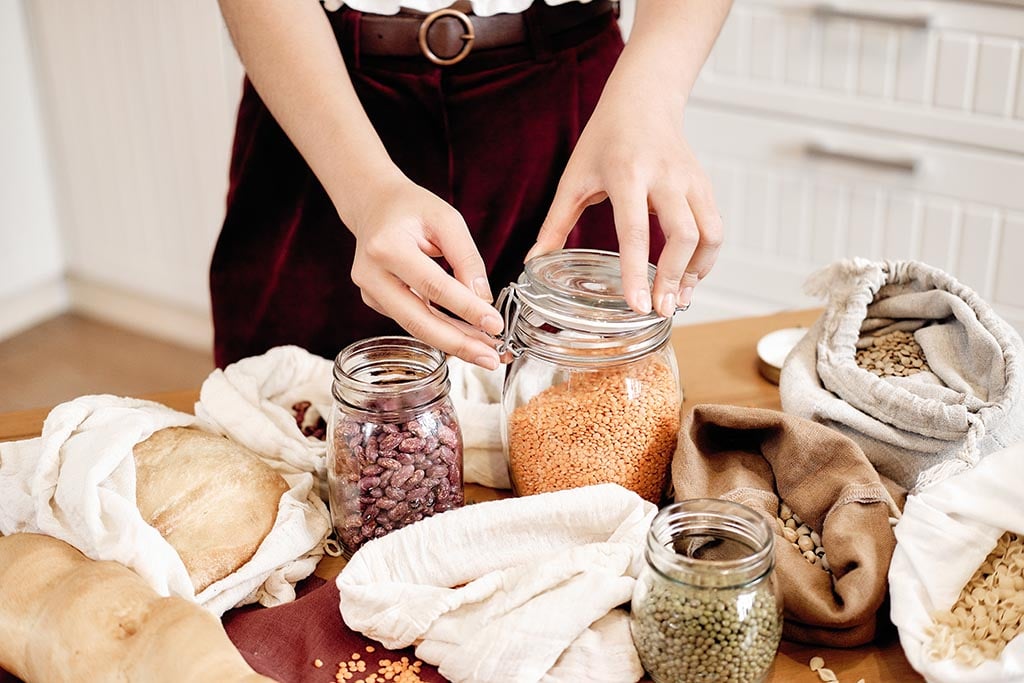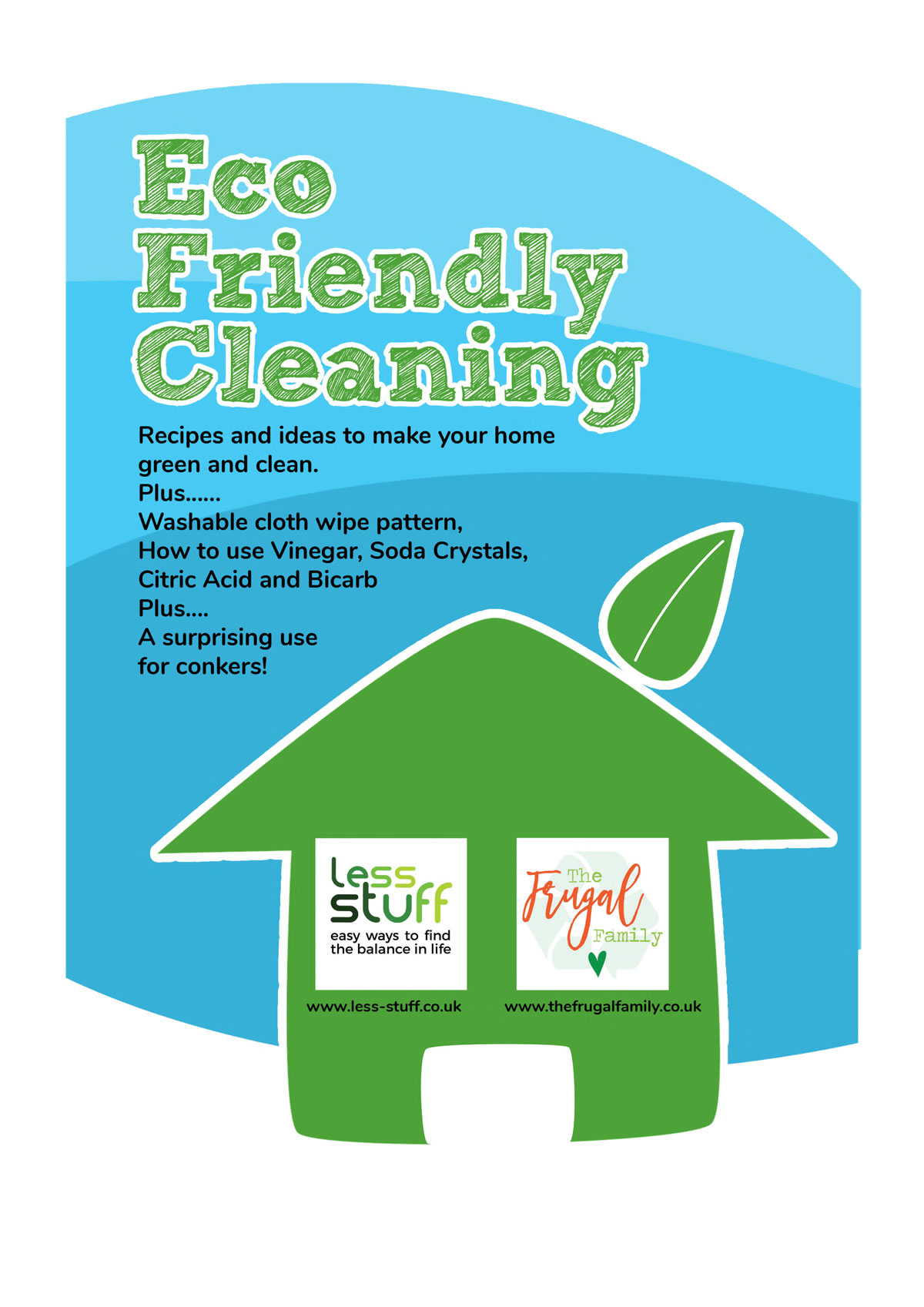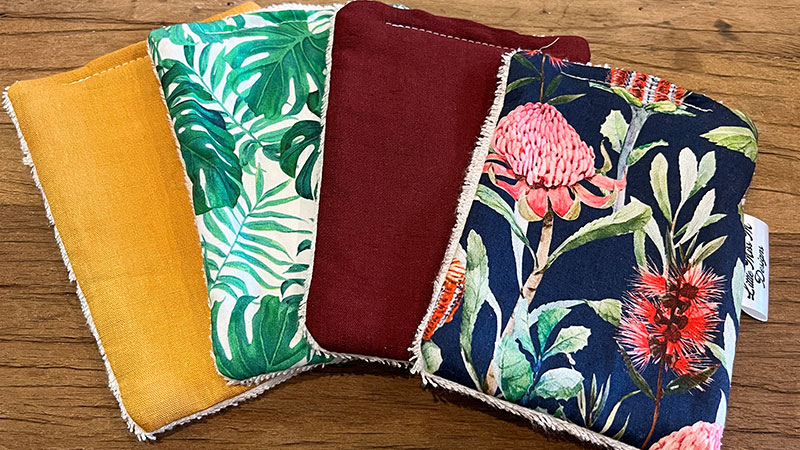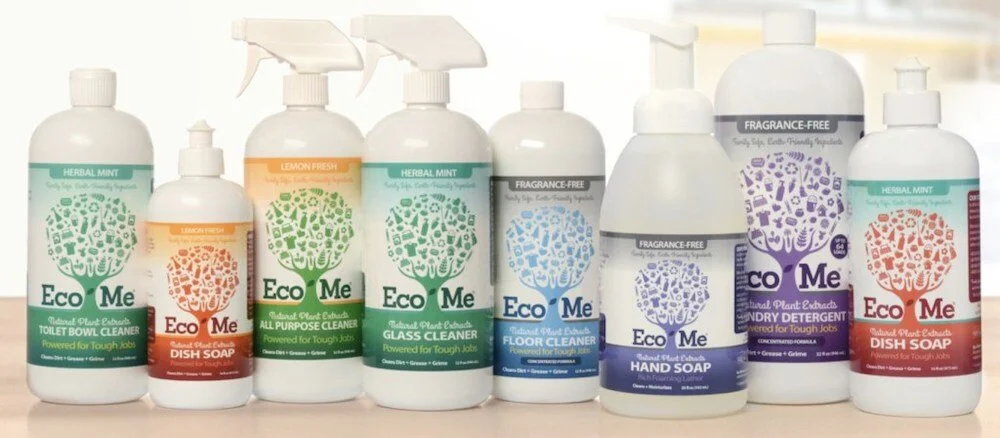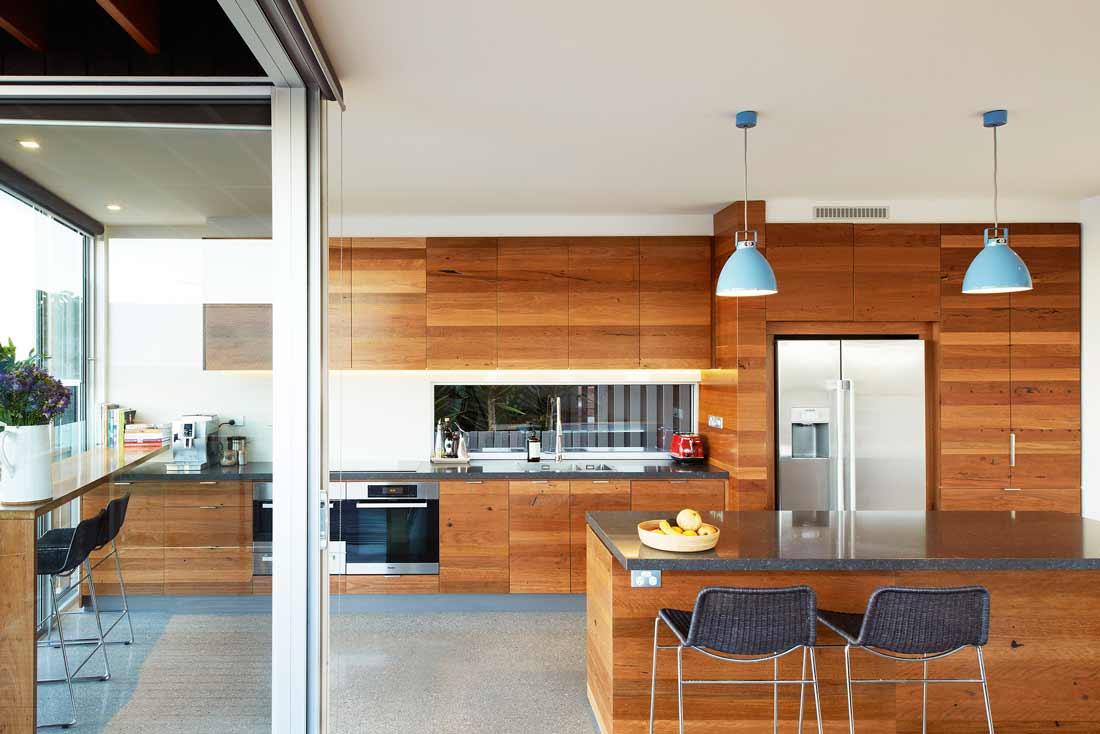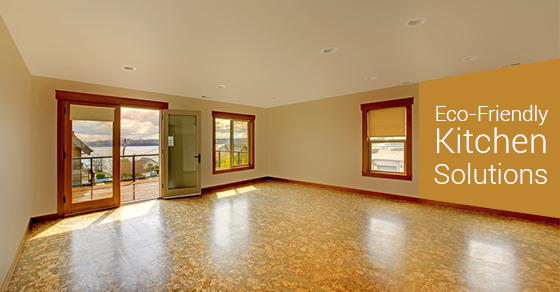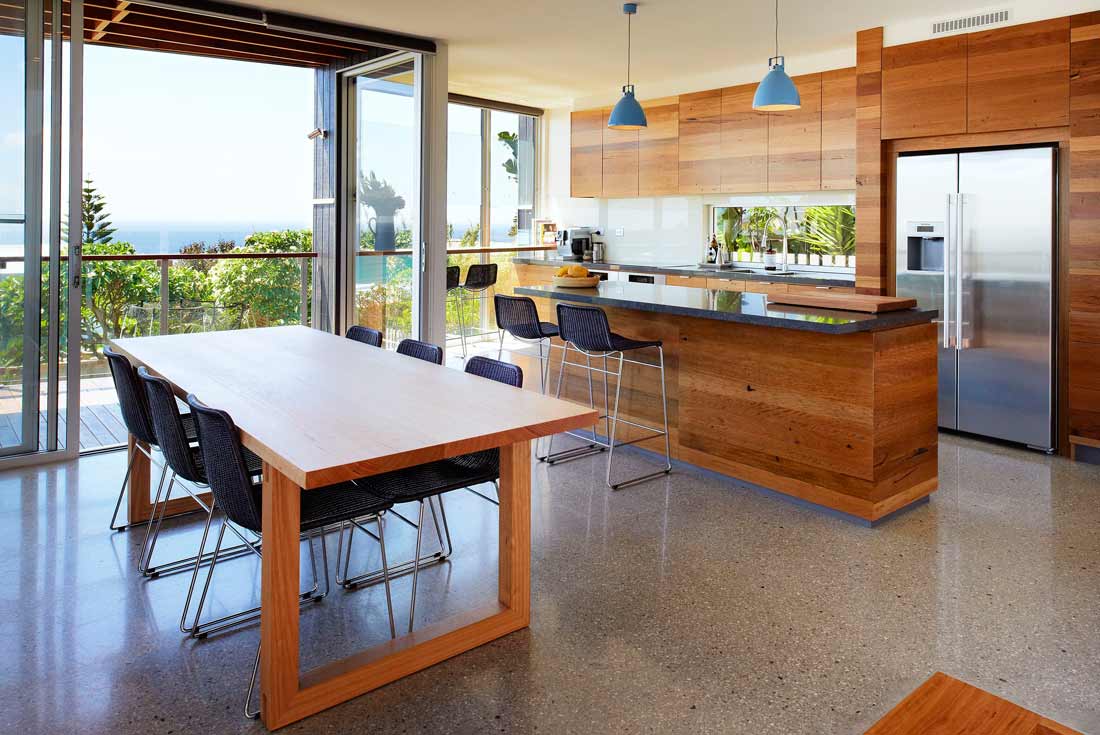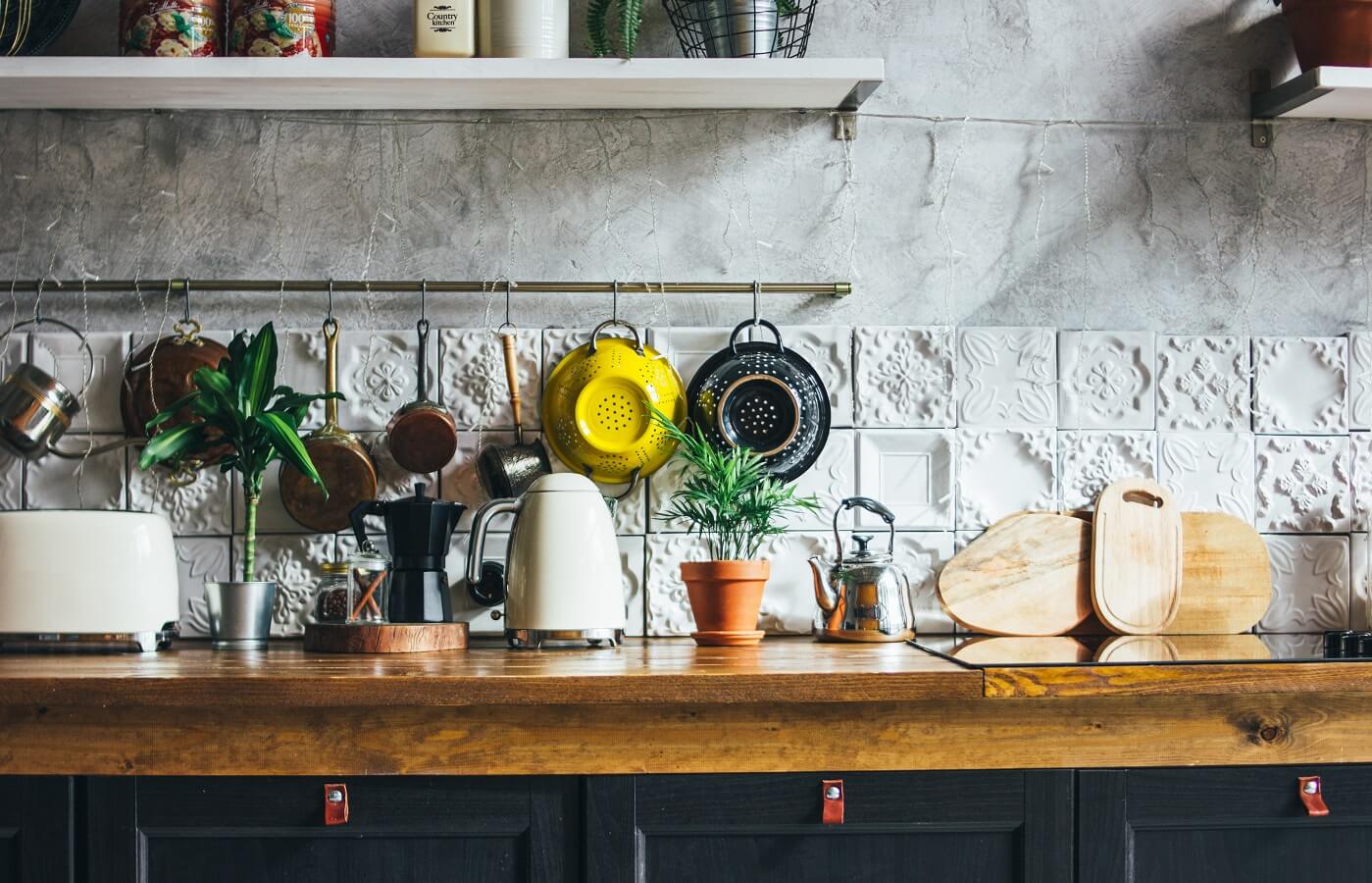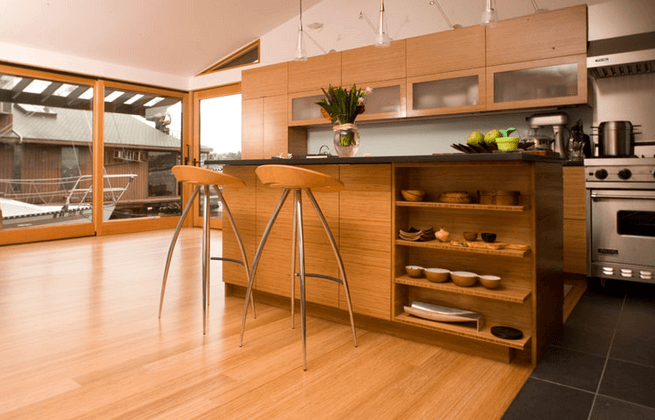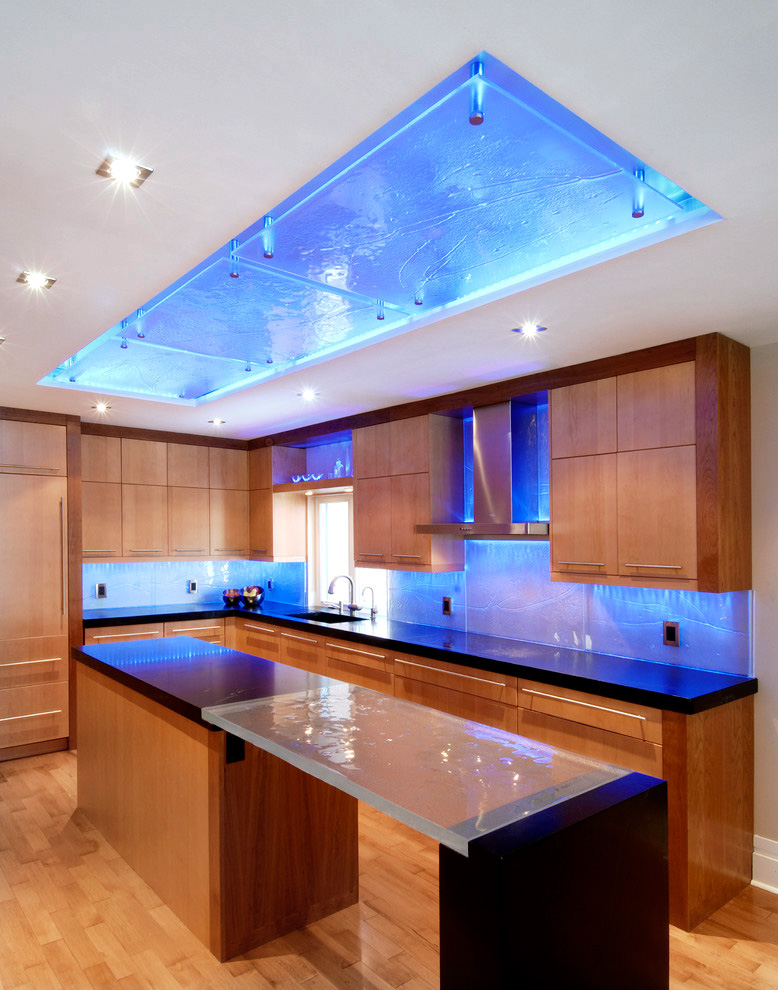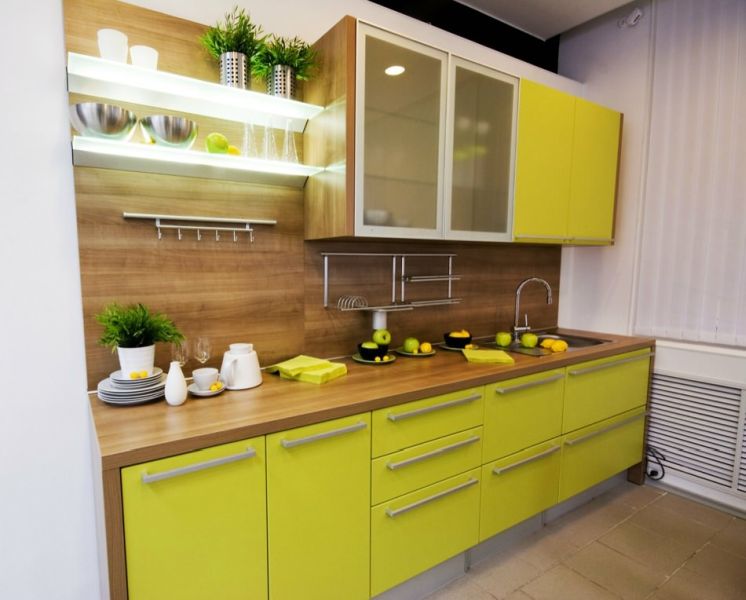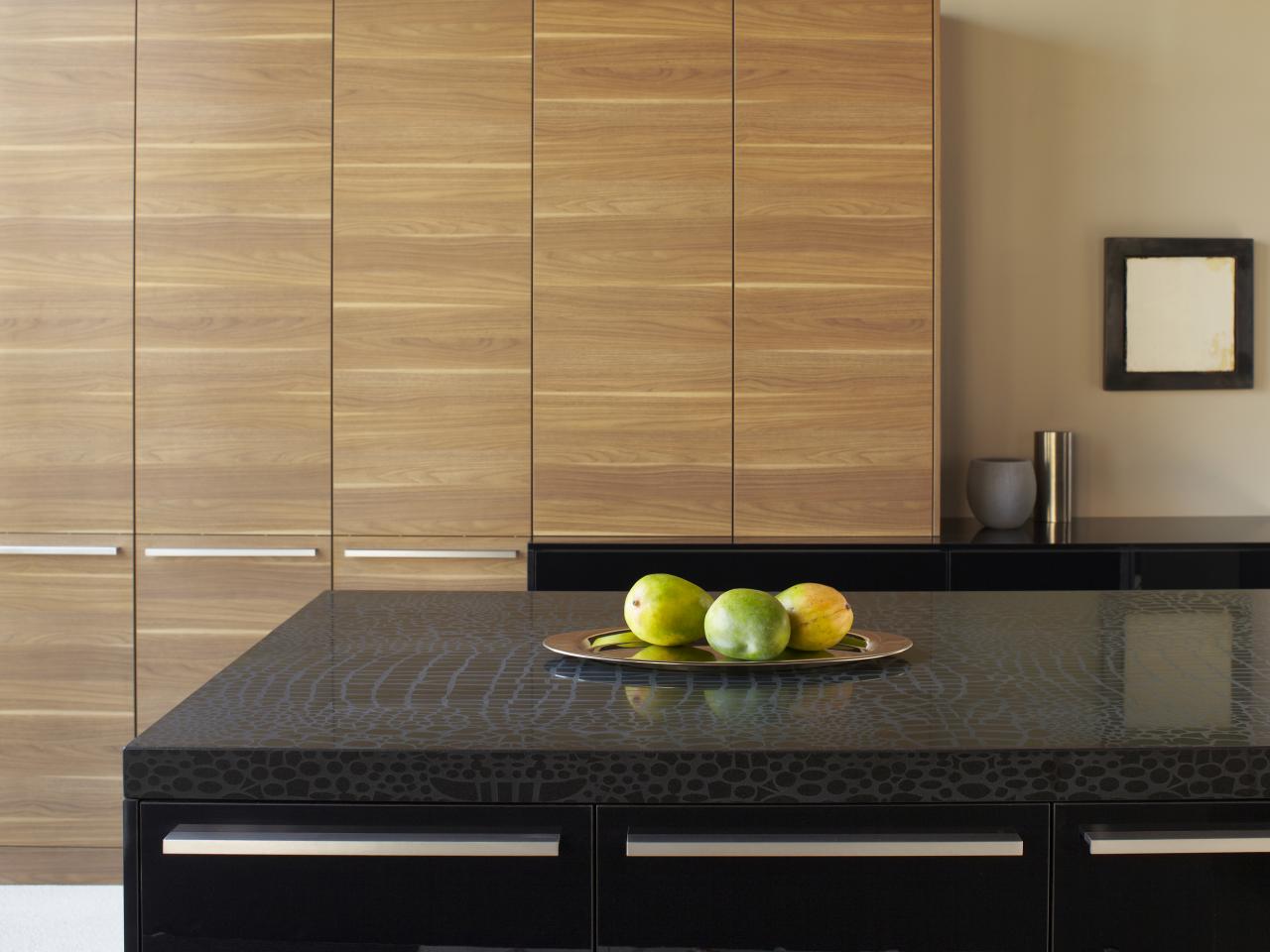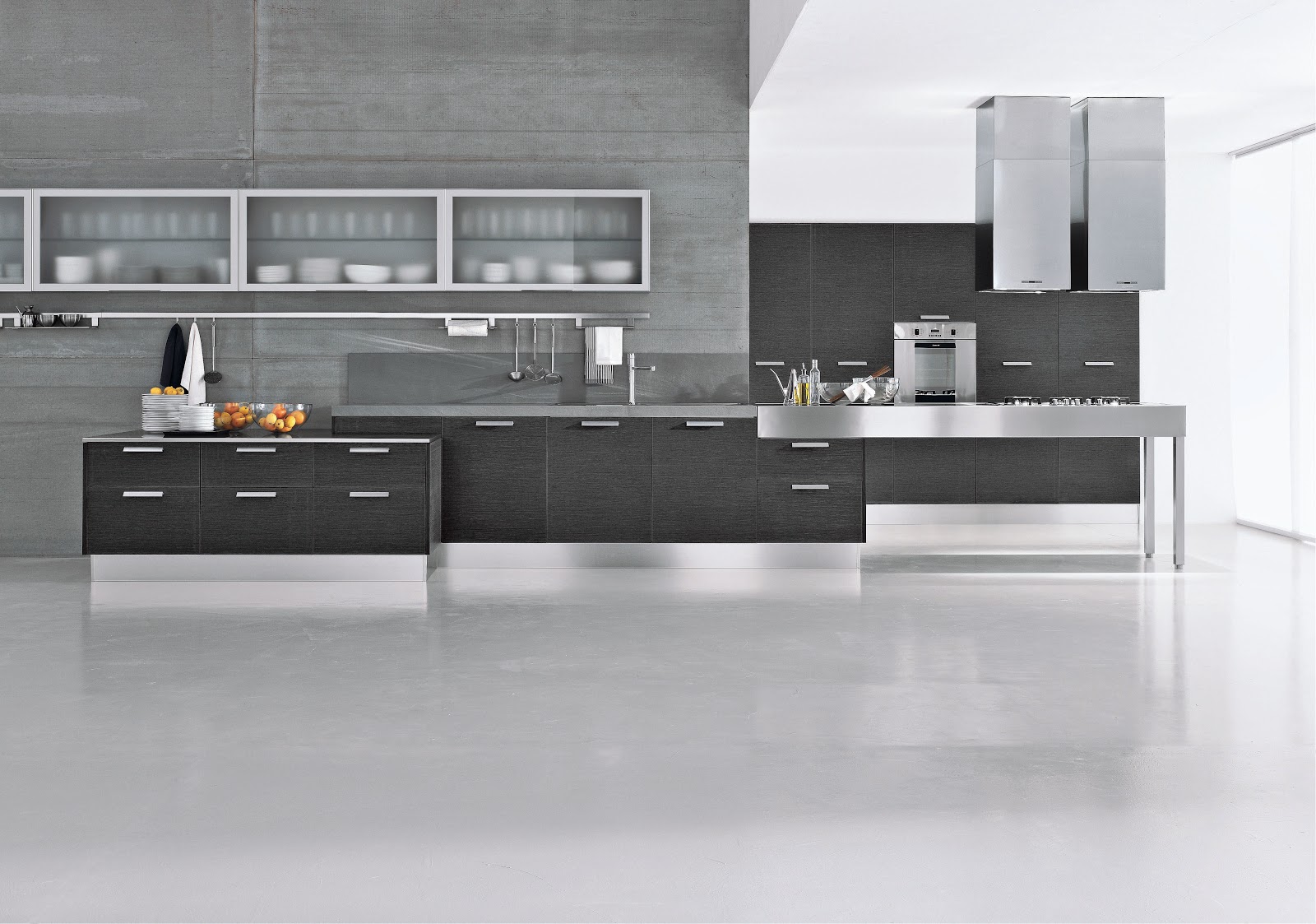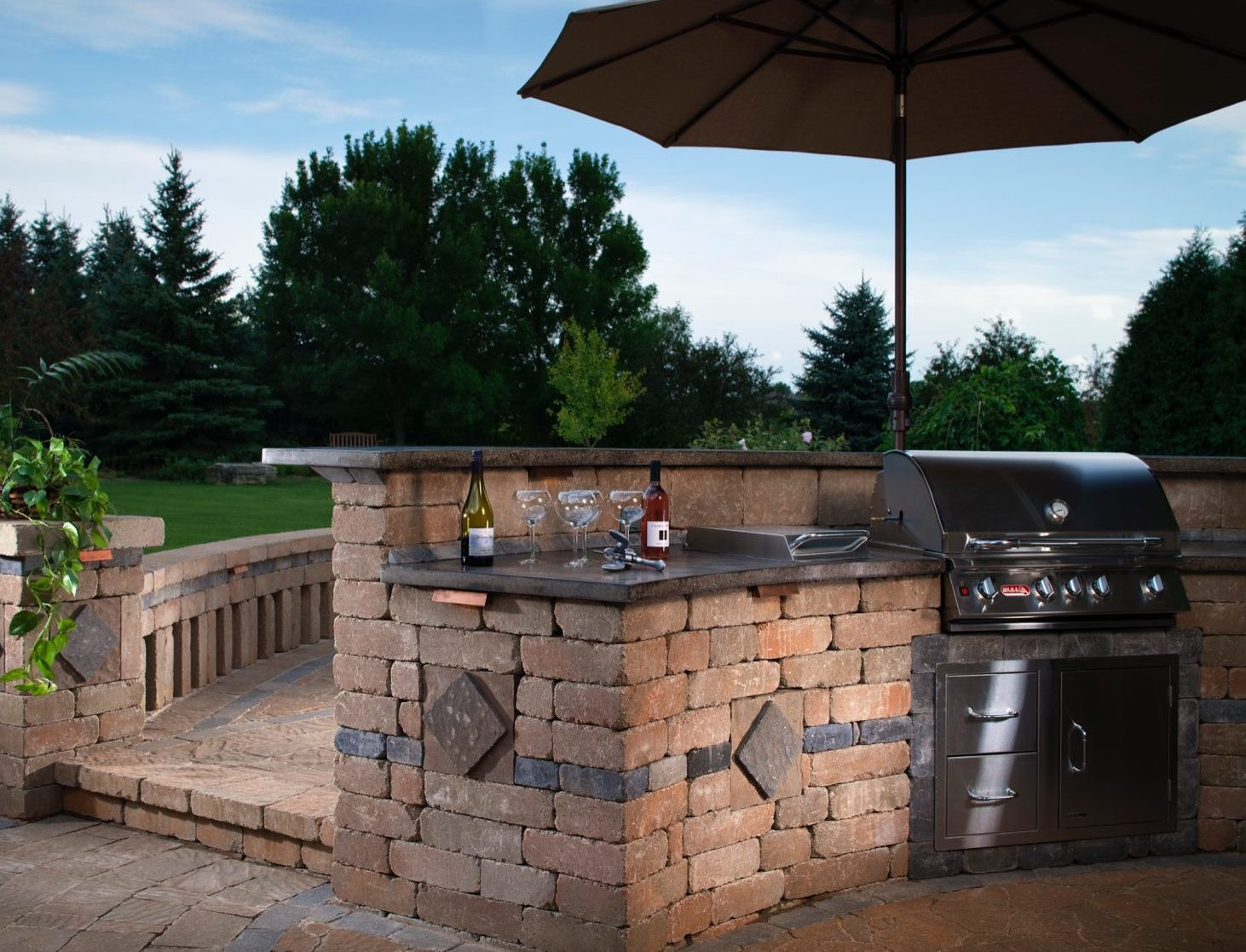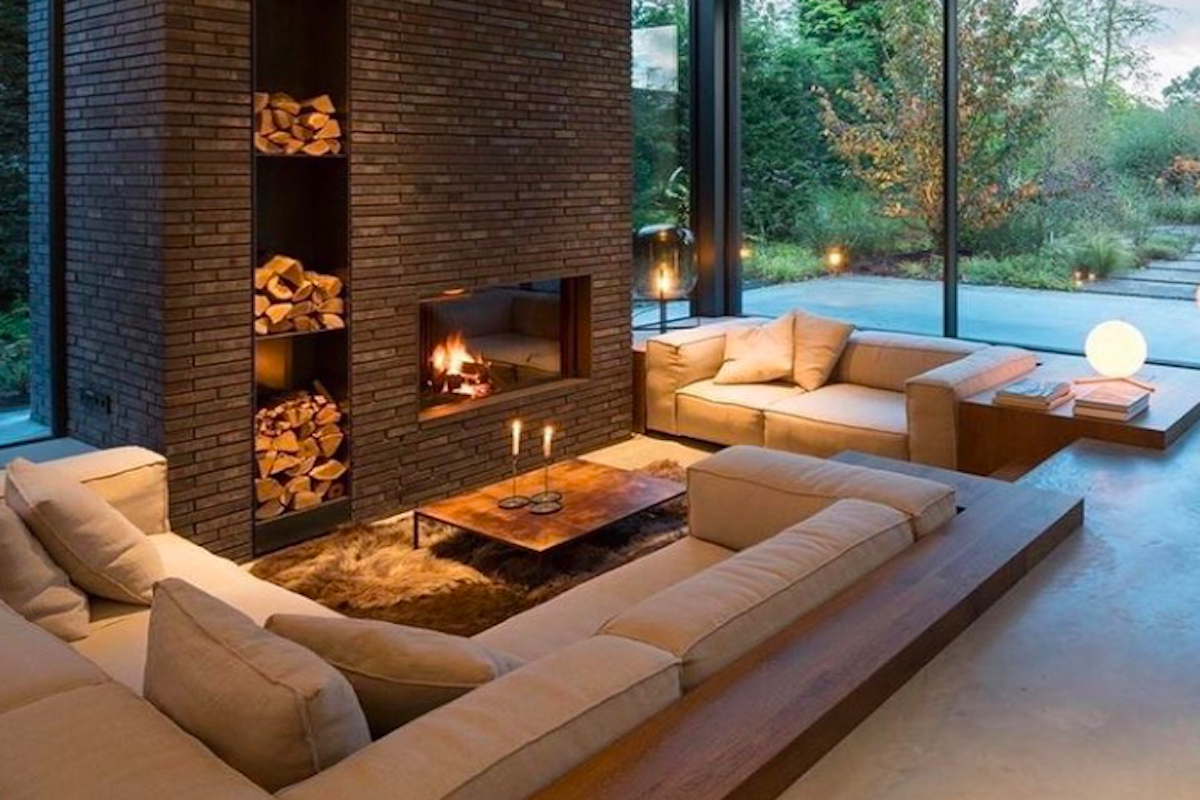Kitchens are often considered the heart of a home, and as such, it's important to design them in a way that not only looks beautiful, but also supports sustainability. With the increasing awareness of environmental issues, more and more homeowners are looking for ways to make their kitchens eco-friendly. Here are 10 ways to incorporate sustainability into your kitchen design.Eco-Friendly Kitchen Design
The materials used in your kitchen can have a big impact on its sustainability. Choosing materials that are renewable, recyclable, or made from sustainable sources can greatly reduce your kitchen's environmental footprint. Some examples of sustainable materials include bamboo, reclaimed wood, and recycled glass for countertops; and natural linoleum, cork, or recycled tile for flooring.Sustainable Kitchen Materials
When it comes to kitchen appliances, there are many options that are more energy-efficient and eco-friendly than traditional models. Look for appliances with the Energy Star label, which indicates that they meet strict energy efficiency guidelines set by the Environmental Protection Agency. You can also choose appliances that use alternative energy sources, such as solar-powered ovens or induction cooktops.Green Kitchen Appliances
Lighting is an essential element in any kitchen, but it can also be a major source of energy consumption. To make your kitchen more sustainable, consider switching to energy-efficient lighting options such as LED or CFL bulbs. These use significantly less energy and last longer than traditional incandescent bulbs. You can also install motion sensors or timers to automatically turn off lights when they're not in use.Energy-Efficient Kitchen Lighting
One of the most popular materials for kitchen countertops is granite, but it's not the most sustainable choice. Granite is a non-renewable resource and requires a lot of energy to mine and transport. Instead, consider using recycled materials for your countertops, such as recycled glass or concrete. These options not only reduce waste, but they also give your kitchen a unique and modern look.Recycled Kitchen Countertops
Incorporating a small garden into your kitchen design is not only a great way to add some greenery, but it also promotes sustainability. Growing your own herbs, fruits, and vegetables means less packaging and transportation, which reduces your carbon footprint. Plus, you'll have fresh, organic produce at your fingertips for cooking.Organic Kitchen Gardening
In addition to using sustainable materials and appliances, it's important to also practice low-waste habits in the kitchen. This can include using reusable containers for food storage, composting food scraps, and avoiding single-use items like paper towels and plastic bags. These small changes can add up to make a big difference in reducing your kitchen's impact on the environment.Low-Waste Kitchen Practices
Many traditional cleaning products contain harsh chemicals that can be harmful to both the environment and your health. Instead, opt for eco-friendly cleaning products or make your own using natural ingredients like vinegar and baking soda. You can also reduce waste by using washable cleaning cloths instead of paper towels.Eco-Conscious Kitchen Cleaning
In addition to using sustainable materials for your kitchen flooring, there are other ways to make it more eco-friendly. For example, choosing lighter colors can help reflect natural light and reduce the need for artificial lighting. You can also install floor heating systems that use renewable energy sources like solar power.Sustainable Kitchen Flooring
When it comes to kitchen cabinets, look for options made from sustainable materials, such as bamboo or reclaimed wood. You can also choose cabinets with low or no VOC (volatile organic compound) finishes, which are better for both the environment and your indoor air quality. Another option is to refinish or repurpose old cabinets instead of purchasing new ones.Eco-Friendly Kitchen Cabinets
The Importance of Sustainable Kitchen Design

Making a Positive Impact on the Environment
 In recent years, there has been a growing awareness about the impact of human activities on the environment. As a result, the concept of sustainability has become increasingly important in various industries, including kitchen design. Sustainable kitchen design focuses on creating spaces that minimize negative environmental impact while maximizing efficiency and functionality. By incorporating sustainable practices into kitchen design, we can make a positive impact on the environment and contribute to a greener future.
Sustainability in kitchen design starts with the materials used.
Choosing eco-friendly materials such as bamboo, reclaimed wood, or recycled glass not only reduces the carbon footprint but also adds a unique and natural touch to the kitchen. These materials are durable, renewable, and non-toxic, making them a great choice for sustainable kitchen design. Additionally, using energy-efficient appliances and fixtures can significantly reduce energy consumption and utility bills, making it a win-win for both the environment and homeowners.
In recent years, there has been a growing awareness about the impact of human activities on the environment. As a result, the concept of sustainability has become increasingly important in various industries, including kitchen design. Sustainable kitchen design focuses on creating spaces that minimize negative environmental impact while maximizing efficiency and functionality. By incorporating sustainable practices into kitchen design, we can make a positive impact on the environment and contribute to a greener future.
Sustainability in kitchen design starts with the materials used.
Choosing eco-friendly materials such as bamboo, reclaimed wood, or recycled glass not only reduces the carbon footprint but also adds a unique and natural touch to the kitchen. These materials are durable, renewable, and non-toxic, making them a great choice for sustainable kitchen design. Additionally, using energy-efficient appliances and fixtures can significantly reduce energy consumption and utility bills, making it a win-win for both the environment and homeowners.
Promoting Health and Well-being
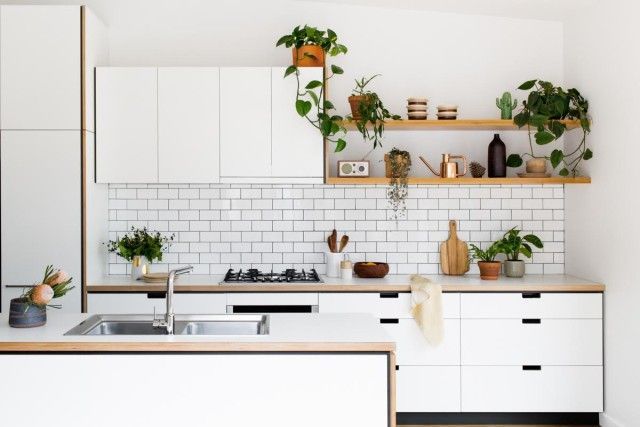 Sustainable kitchen design also takes into consideration the health and well-being of the people using the space.
Choosing non-toxic materials and finishes is key to creating a healthy and safe environment.
Many conventional materials and finishes contain harmful chemicals that can negatively impact air quality and contribute to health issues. By selecting natural and non-toxic materials, we can promote a healthier living space for ourselves and our loved ones.
Furthermore, sustainable kitchen design also encourages the use of natural light and ventilation. By incorporating large windows, skylights, or light tubes into the design, natural light can illuminate the space, reducing the need for artificial lighting and saving energy. Adequate ventilation also helps to improve indoor air quality, creating a more comfortable and healthy environment.
Sustainable kitchen design also takes into consideration the health and well-being of the people using the space.
Choosing non-toxic materials and finishes is key to creating a healthy and safe environment.
Many conventional materials and finishes contain harmful chemicals that can negatively impact air quality and contribute to health issues. By selecting natural and non-toxic materials, we can promote a healthier living space for ourselves and our loved ones.
Furthermore, sustainable kitchen design also encourages the use of natural light and ventilation. By incorporating large windows, skylights, or light tubes into the design, natural light can illuminate the space, reducing the need for artificial lighting and saving energy. Adequate ventilation also helps to improve indoor air quality, creating a more comfortable and healthy environment.
Long-Term Cost Savings
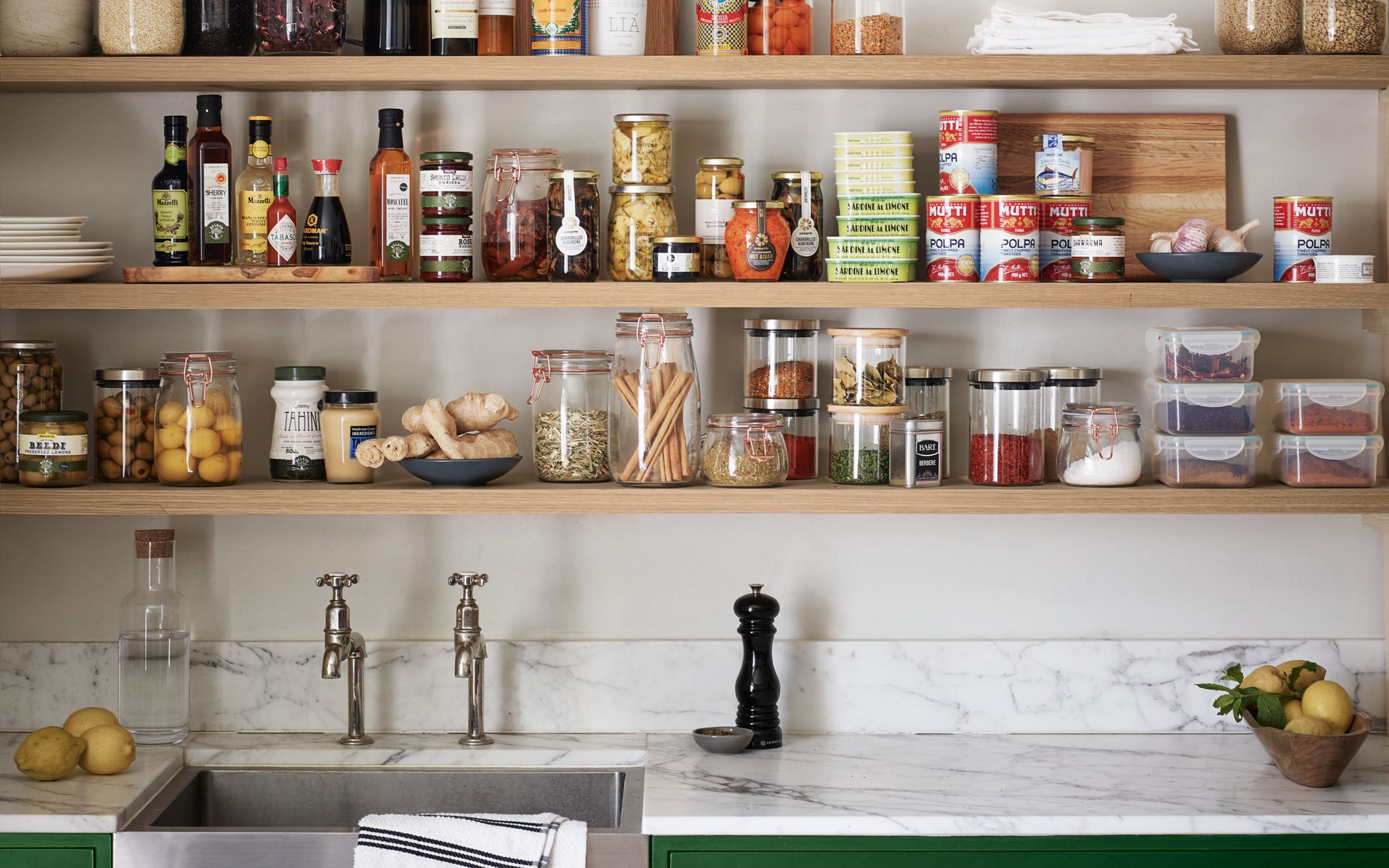 One of the main benefits of sustainable kitchen design is the long-term cost savings that come with it. While eco-friendly materials and energy-efficient appliances may have a higher upfront cost, they can save homeowners money in the long run.
Reducing energy consumption and water usage can significantly lower utility bills over time.
Additionally, durable materials and fixtures require less maintenance and replacement, resulting in long-term cost savings.
In conclusion, sustainable kitchen design is more than just a trend; it is a necessary step towards a greener and healthier future. By incorporating eco-friendly materials, promoting health and well-being, and considering long-term cost savings, we can create beautiful and functional kitchens that have a positive impact on the environment. As homeowners, it is our responsibility to make sustainable choices in every aspect of our lives, including the design of our homes. Let's work together towards a more sustainable future, one kitchen at a time.
One of the main benefits of sustainable kitchen design is the long-term cost savings that come with it. While eco-friendly materials and energy-efficient appliances may have a higher upfront cost, they can save homeowners money in the long run.
Reducing energy consumption and water usage can significantly lower utility bills over time.
Additionally, durable materials and fixtures require less maintenance and replacement, resulting in long-term cost savings.
In conclusion, sustainable kitchen design is more than just a trend; it is a necessary step towards a greener and healthier future. By incorporating eco-friendly materials, promoting health and well-being, and considering long-term cost savings, we can create beautiful and functional kitchens that have a positive impact on the environment. As homeowners, it is our responsibility to make sustainable choices in every aspect of our lives, including the design of our homes. Let's work together towards a more sustainable future, one kitchen at a time.



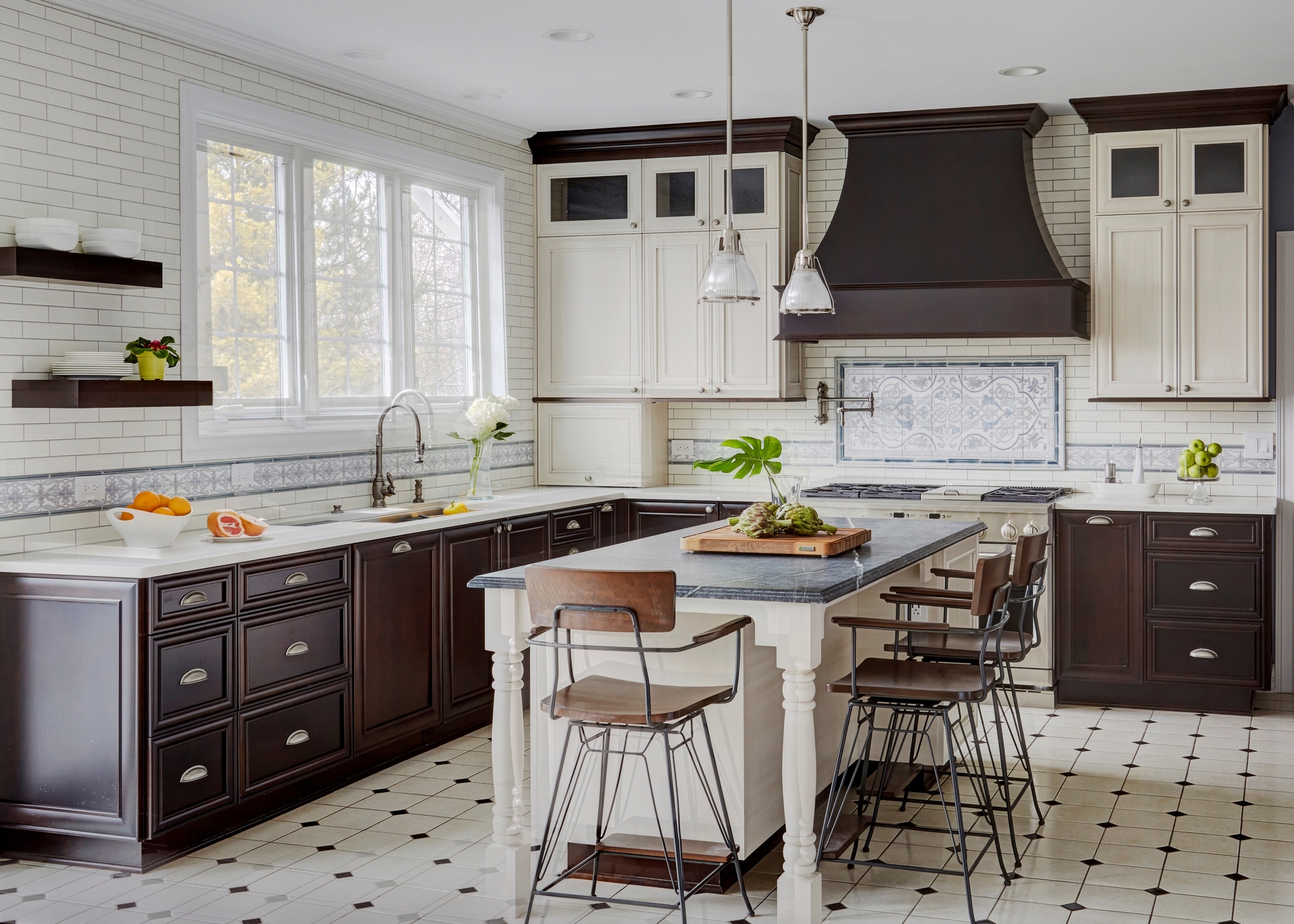
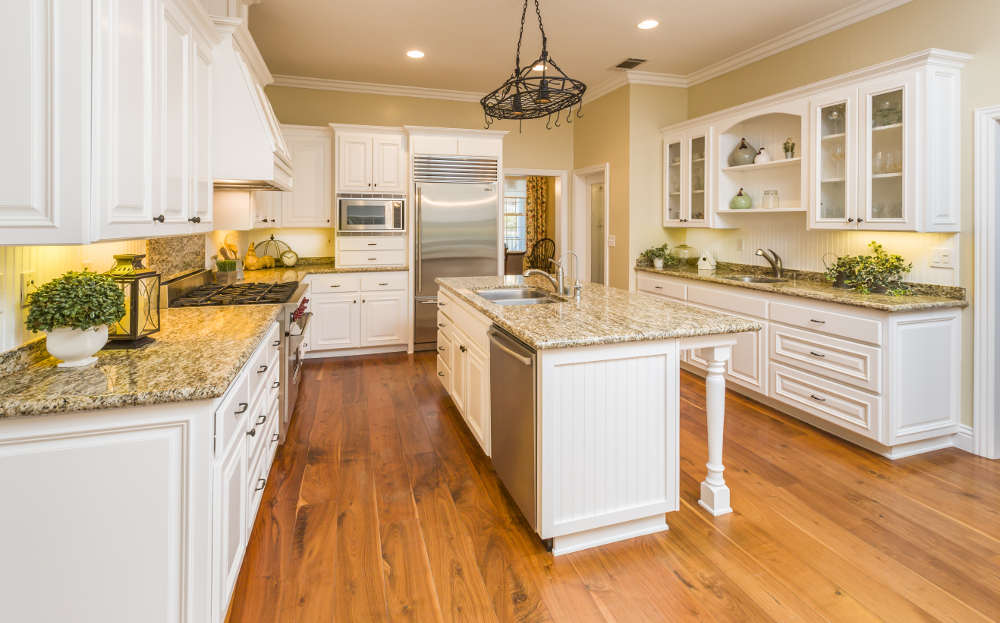
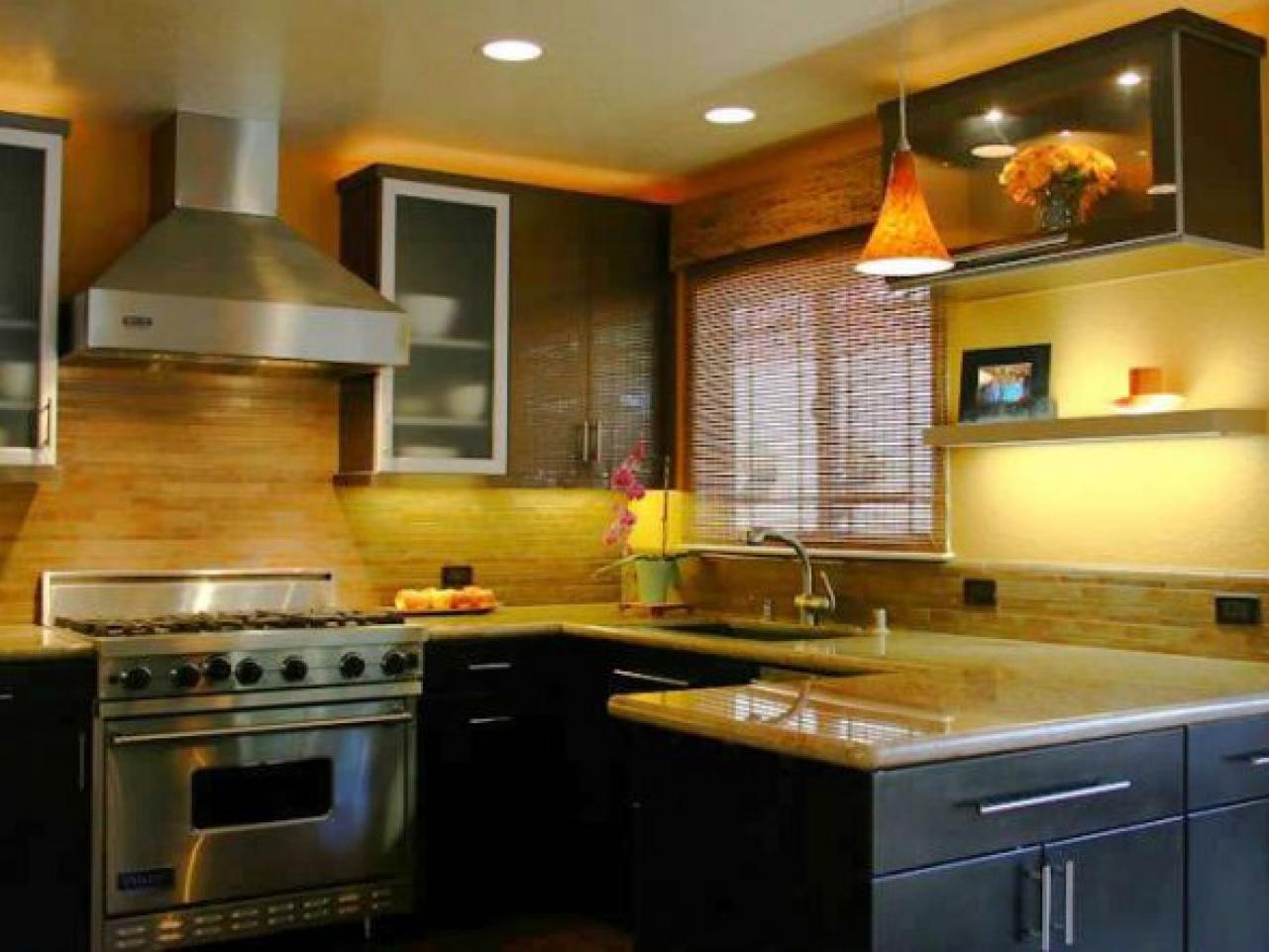
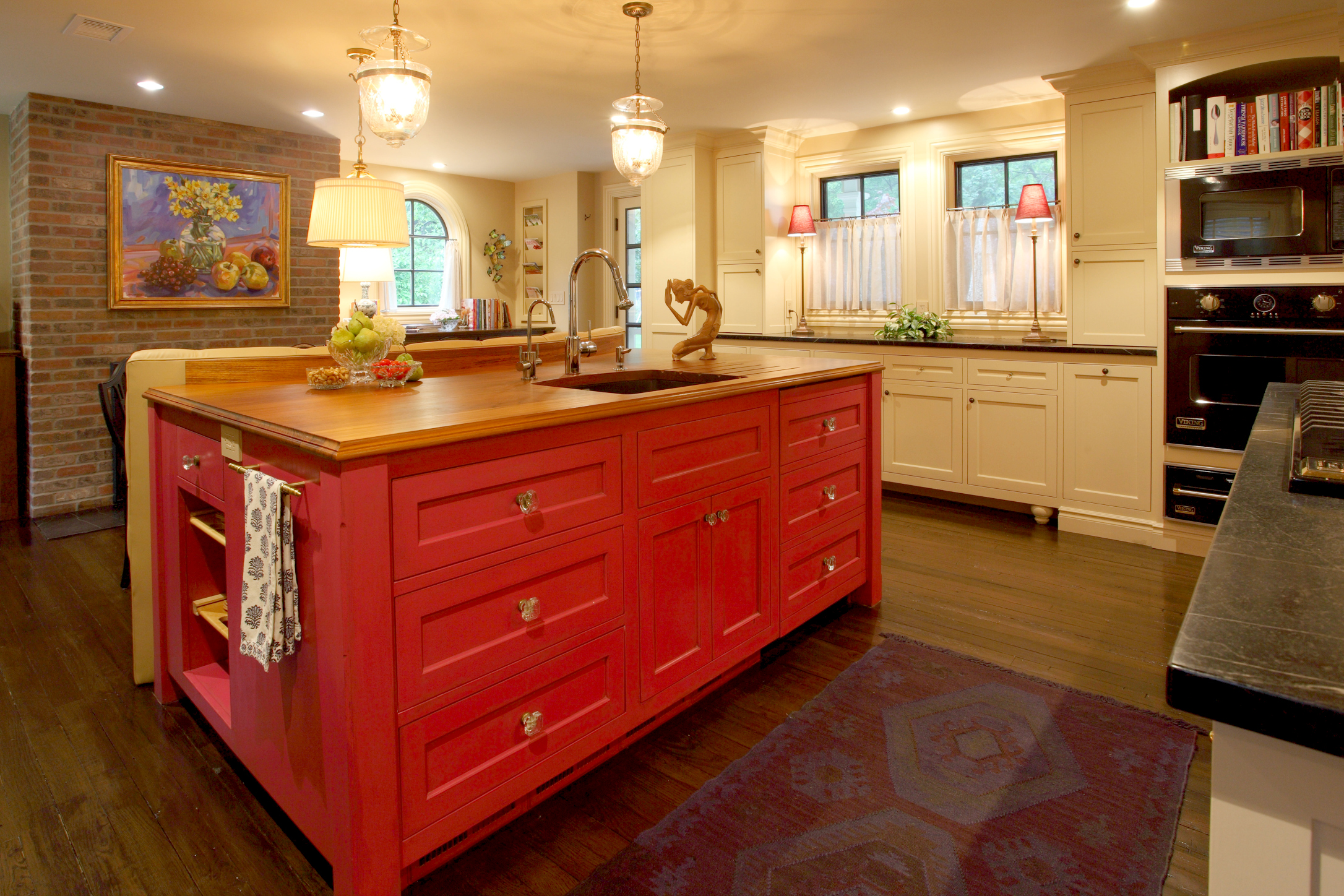
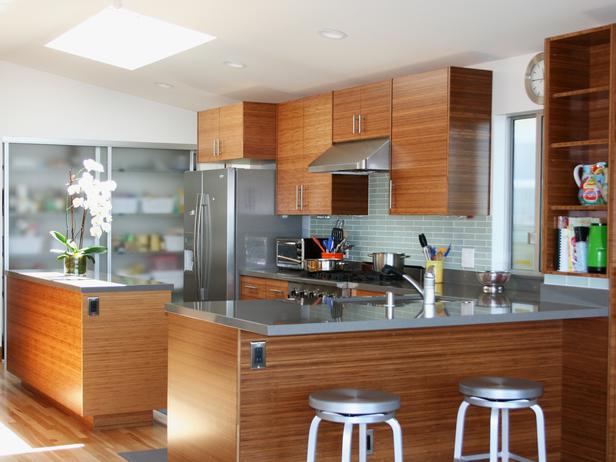

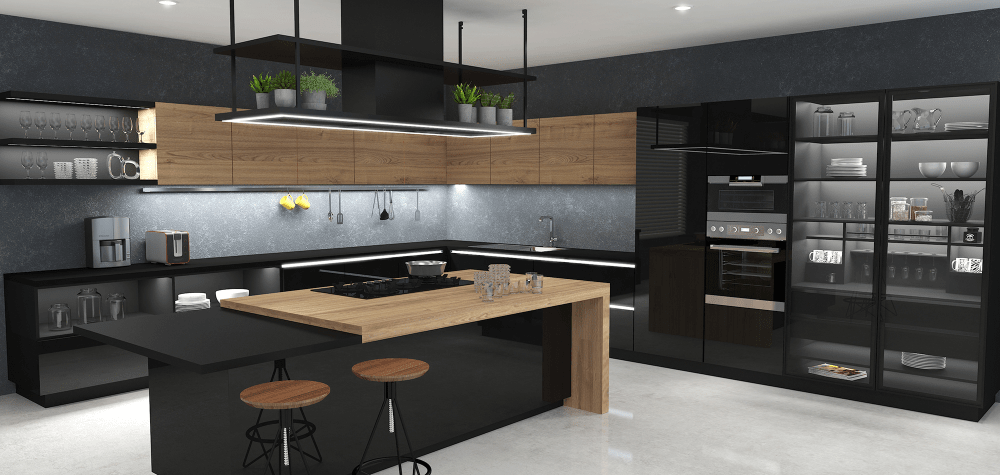
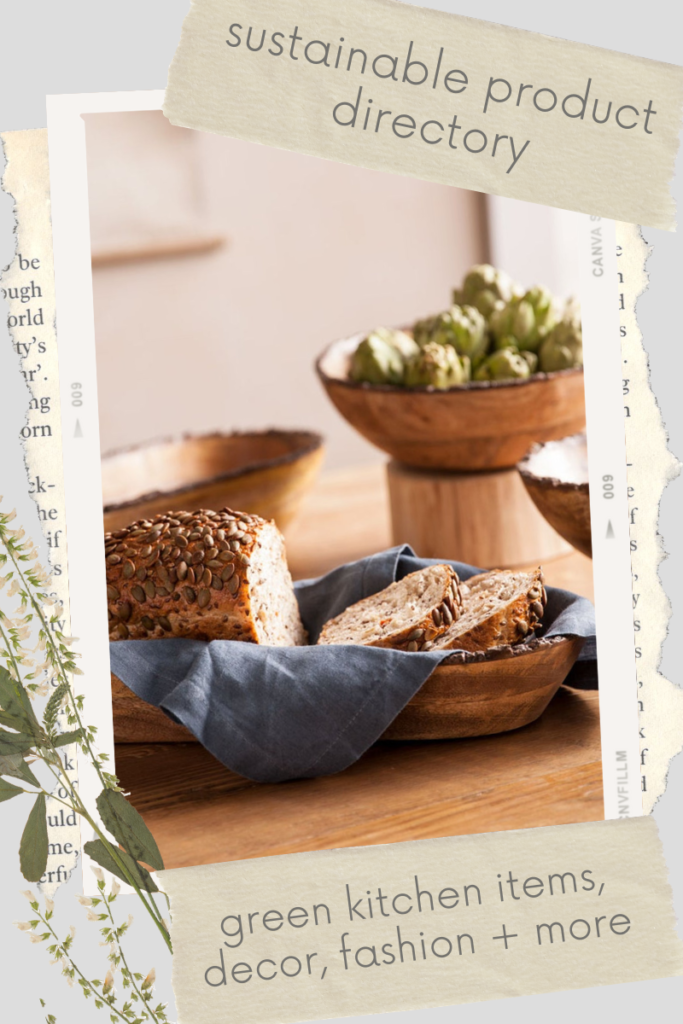


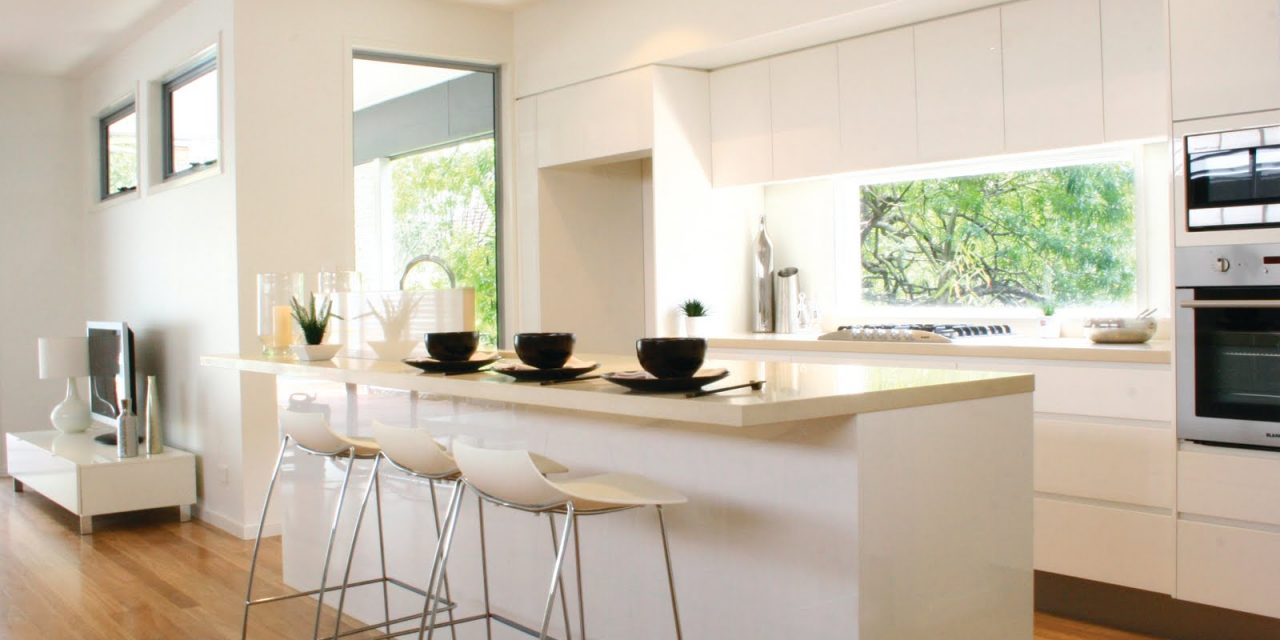
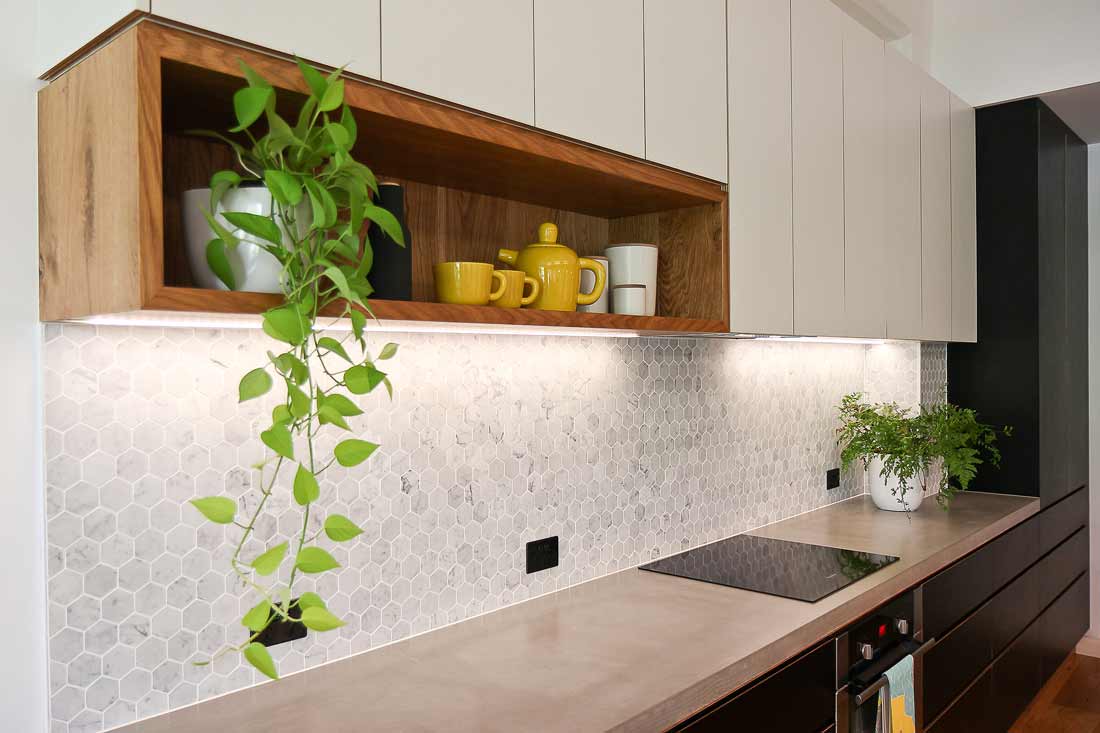
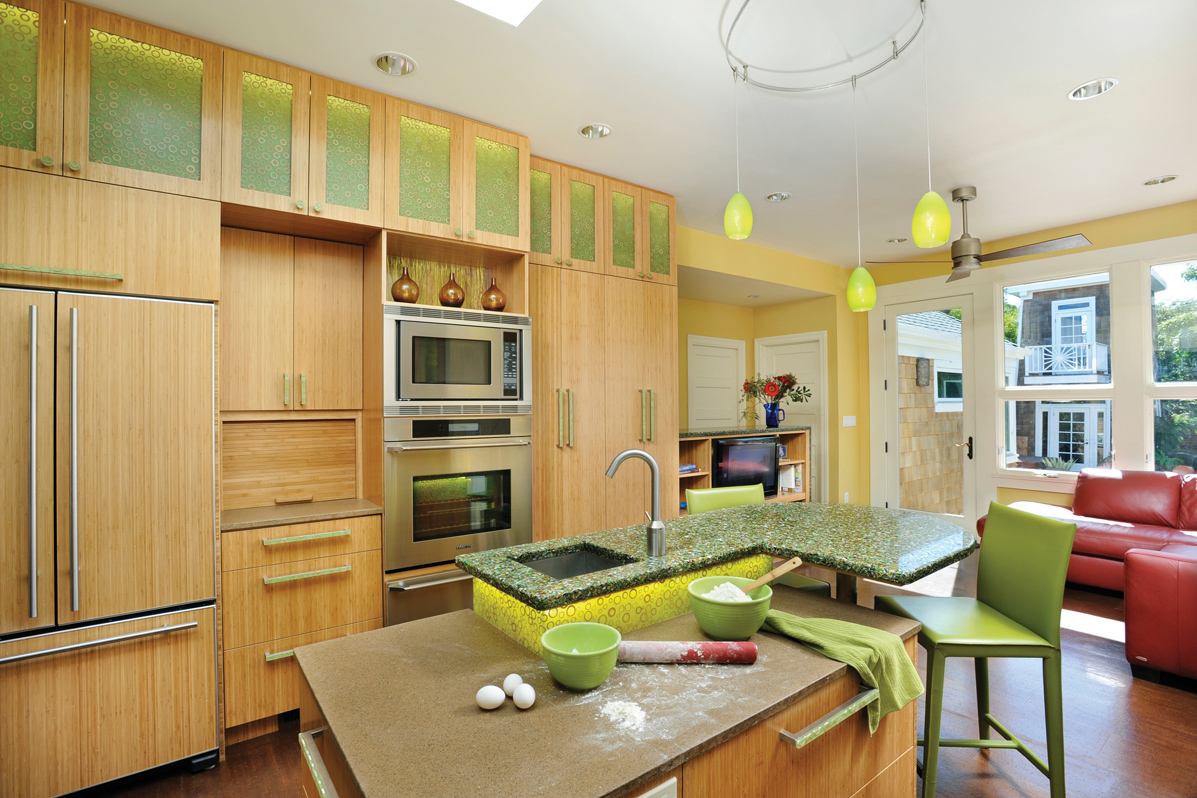
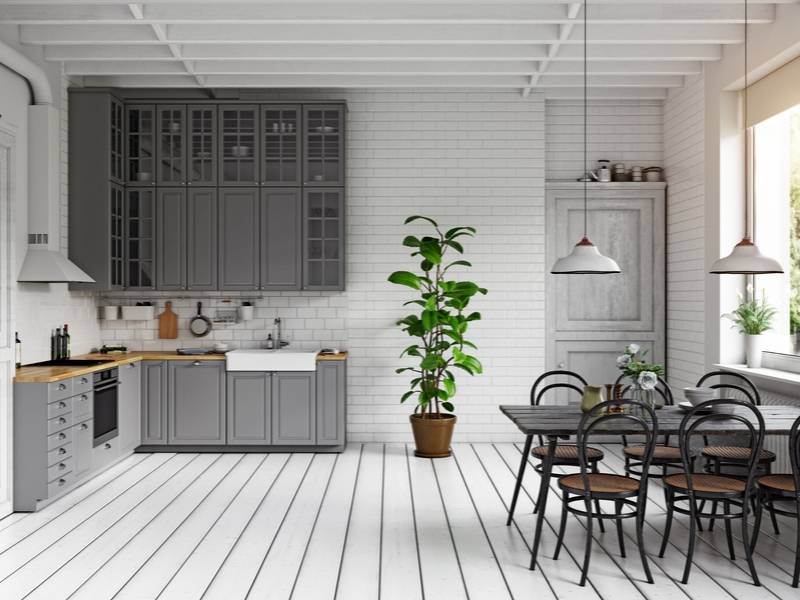
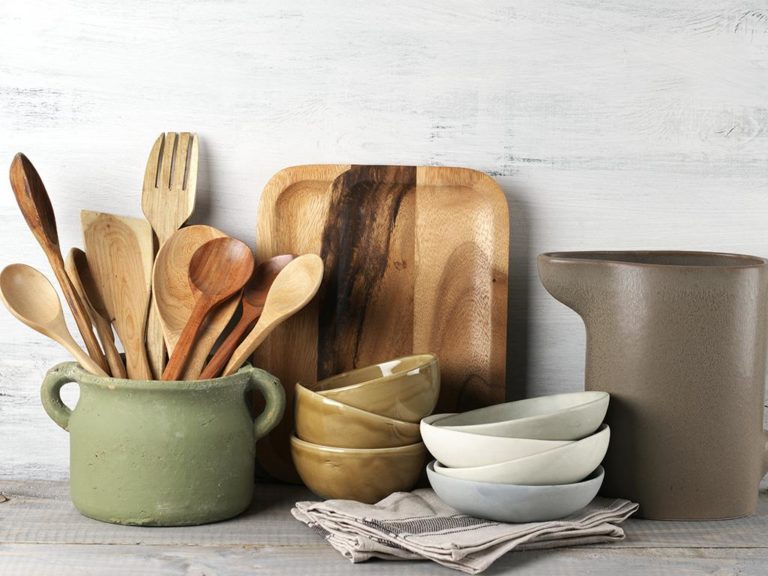

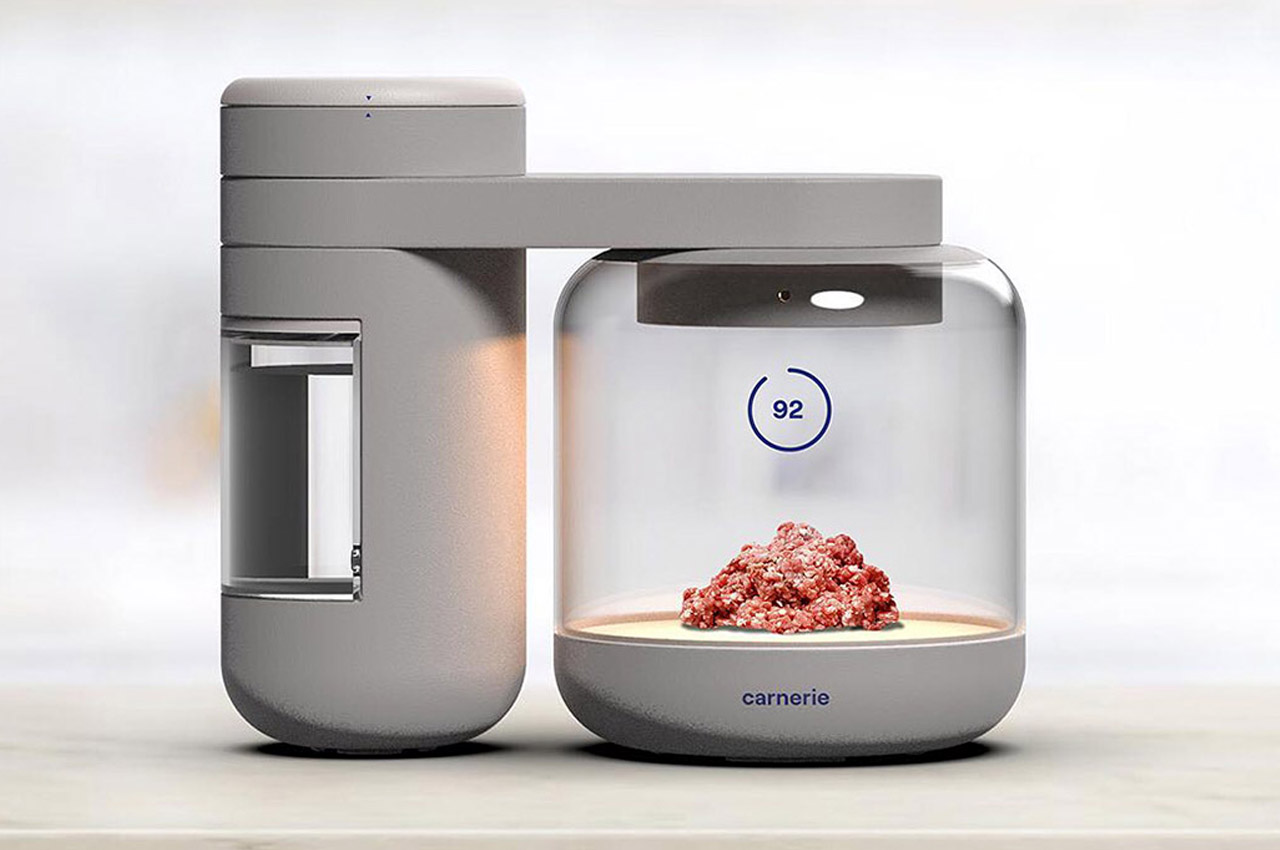





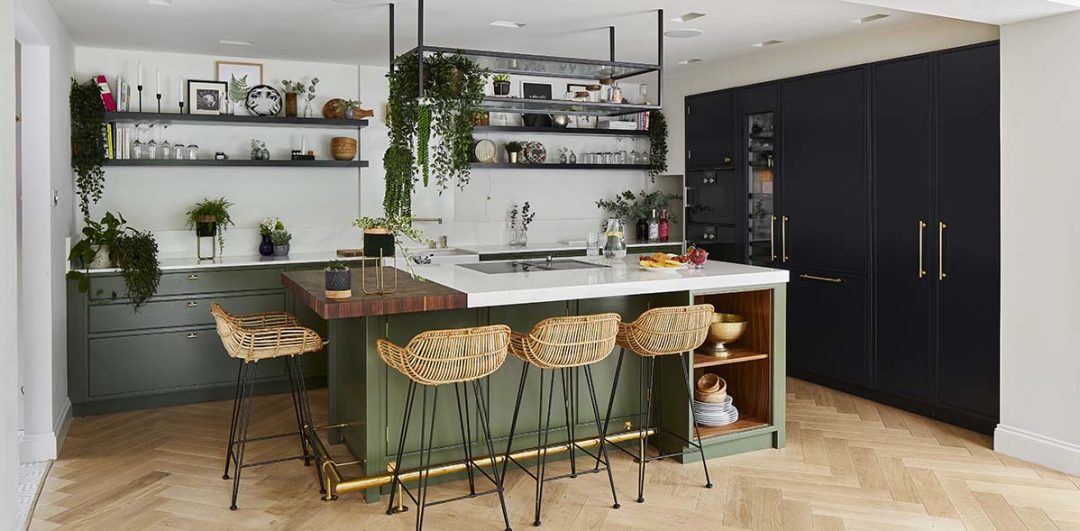




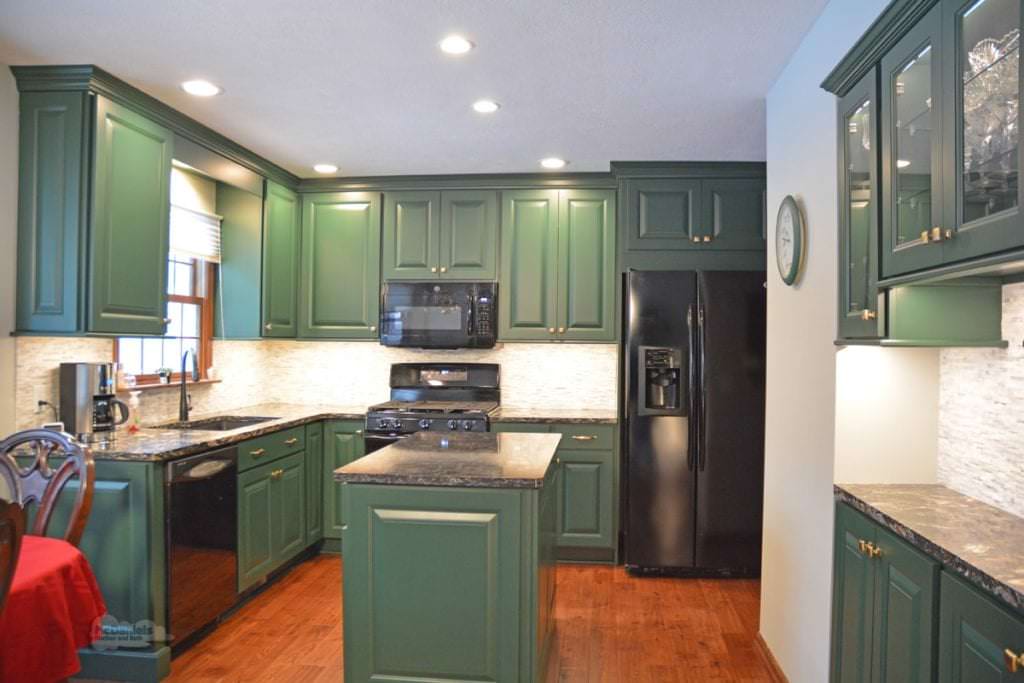



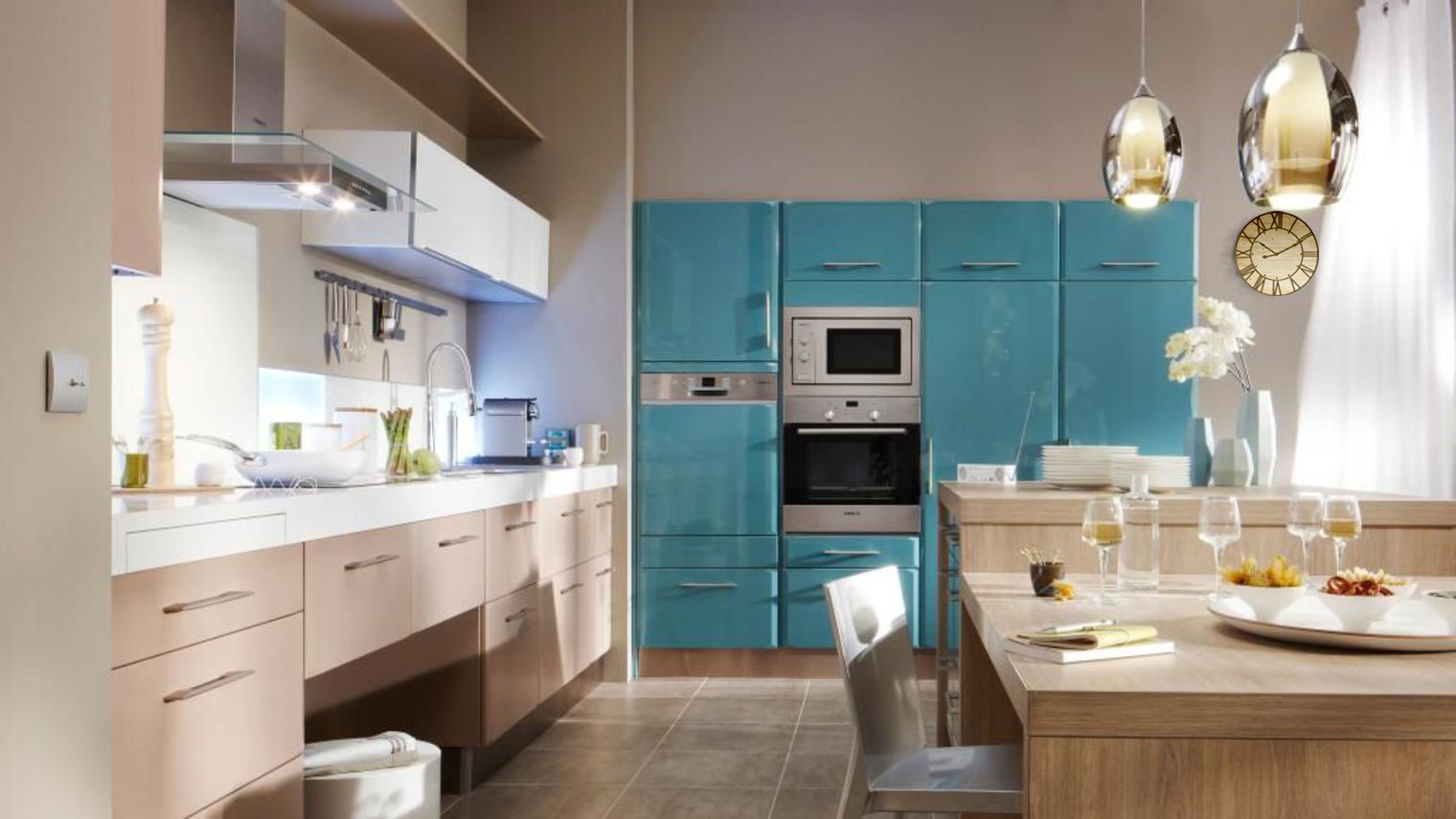












/plages-et-mers-inspirations-vetrazzo-7-5c4e048e46e0fb0001dddf8a.jpg)









